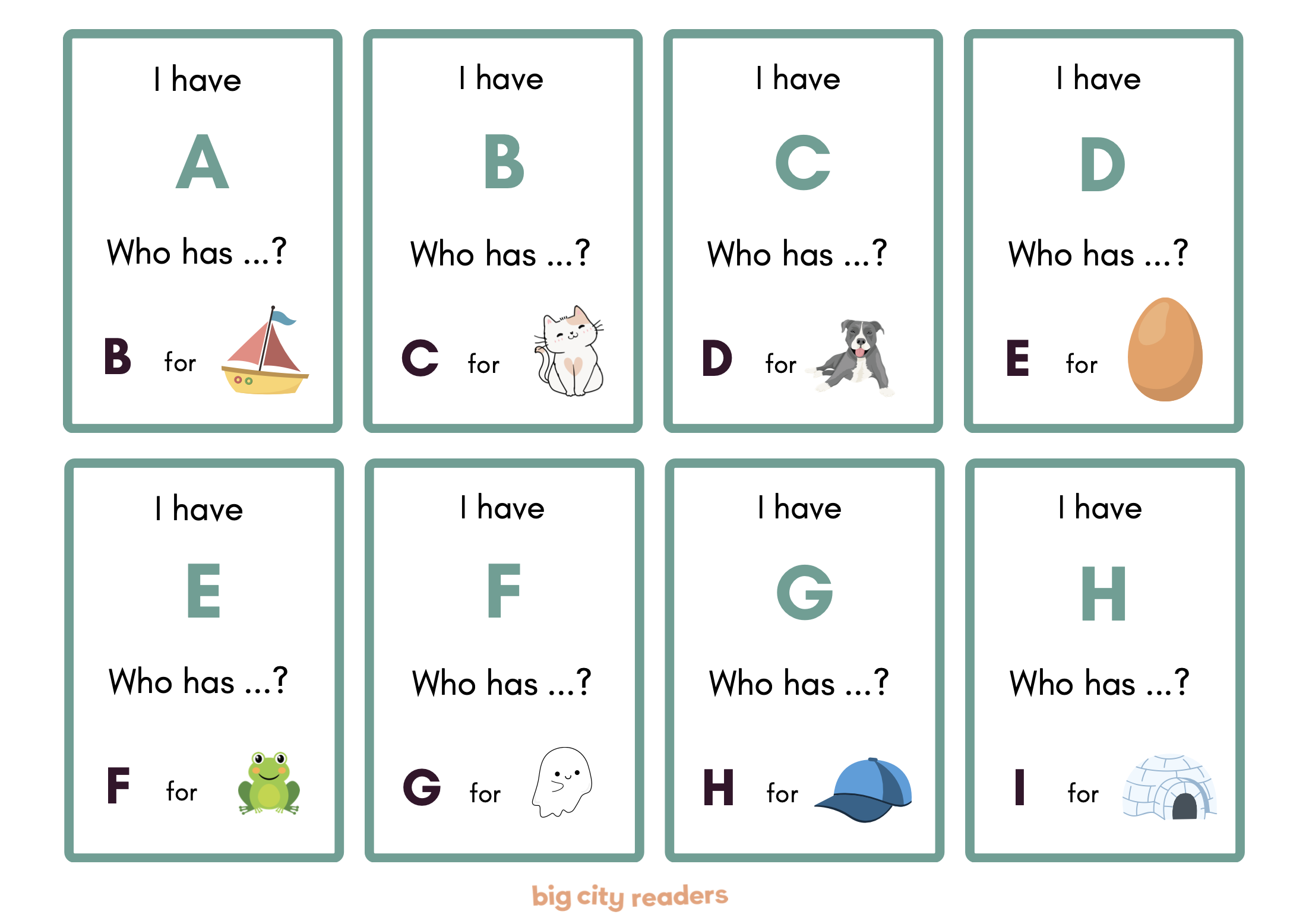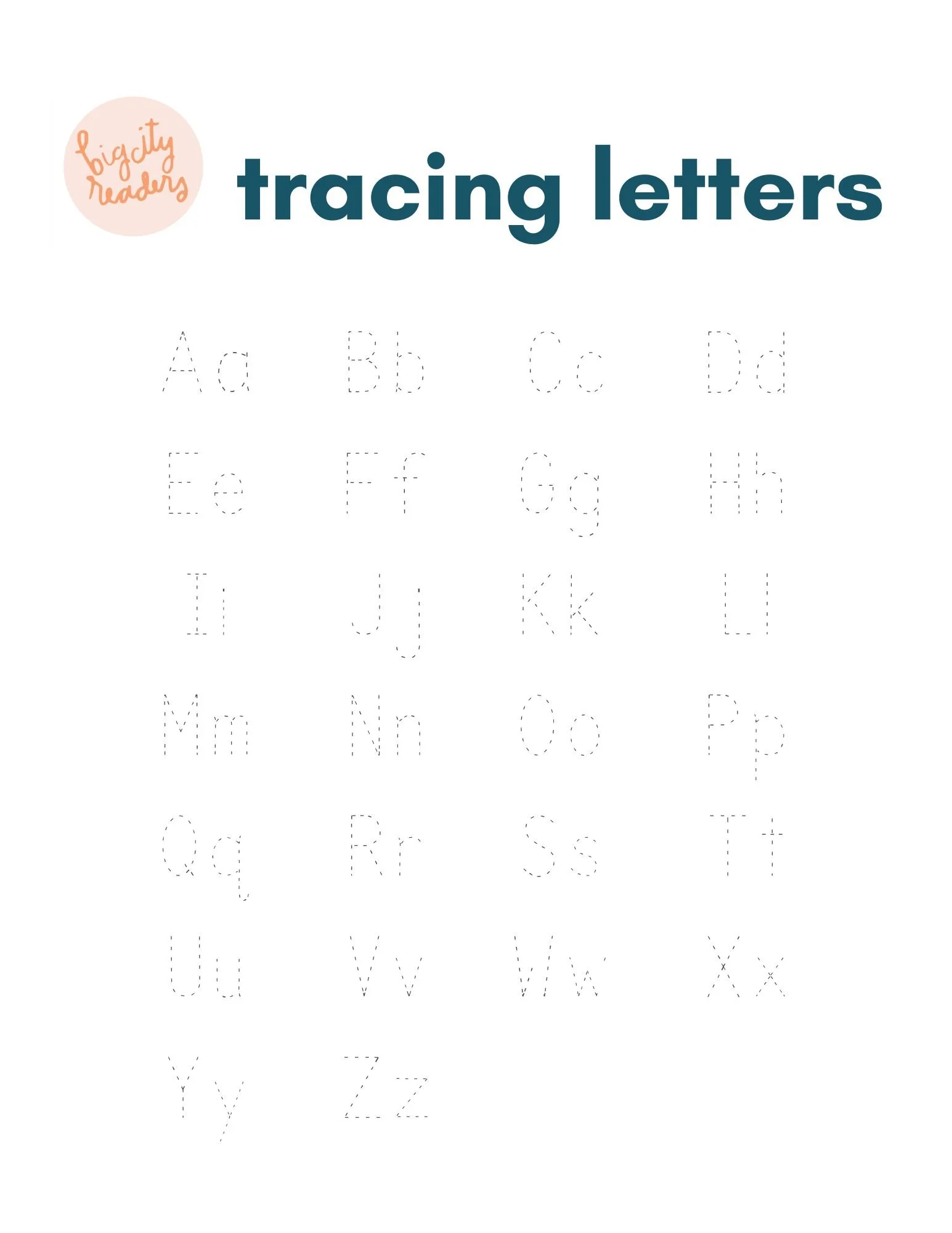List of Words With Y: ABC’s Made Easy
Looking to enrich your child’s vocabulary? Y is a wonderful letter to explore!
As an educator, I find that teaching the less common letters in the alphabet is a fun challenge with big rewards. While popular letters like A, B, and S are easier to introduce because they’re everywhere, exploring letters like Y helps children build confidence and broaden their language skills.
Welcome to Big City Readers! I’m Miss Beth, and I’ve created a program that blends creativity, fun, and hands-on learning to help young readers thrive. I understand that not every child learns the same way, so I use a mix of methods, including reading, writing, singing, talking, and playing, along with the Orton-Gillingham approach, which supports kids through visual, auditory, and kinesthetic learning techniques.
Today, let’s dive into why teaching unique letters like Y is so important, along with some fun, practical tips to make learning this letter an enjoyable experience for your child.
Why It’s Important to Teach Uncommon Letters
Focusing on the letter Y is more than just teaching your child how to recognize and pronounce it—it’s an opportunity to deepen their language skills and confidence in learning.
Boosts Vocabulary: Learning Y words introduces your child to new concepts and ideas that they may not encounter as frequently.
Develops Critical Thinking: Tackling uncommon letters challenges your child to think in new ways, helping improve their problem-solving abilities.
Prepares for Advanced Learning: As your child grows and encounters more diverse vocabulary in books and conversation, knowing tricky letters like Y will give them a solid foundation for reading and writing success.
Tips for Helping Your Child Master the Letter Y
Before diving into reading or spelling words with Y, it’s important to help your child hear and say the sound correctly. The letter Y can be particularly tricky because it doesn’t always follow the same rules. For instance, Y can sound like a consonant (as in “yellow”) or a vowel (as in “happy”).
Here are some tips to make mastering the letter Y easier and more fun:
Break Down the Sounds: Teach your child that Y has two common sounds: the “yuh” sound (like in “yarn”) and the long E or I sound (like in “happy” or “fly”). Practice each sound in simple words to help them recognize the difference.
Word Practice: Start with easy Y words like “yes,” “yell,” and “yarn.” Break the words into individual sounds and practice them together. Repeating these words in different contexts helps solidify their understanding.
Play Sound Games: Say a word aloud and ask your child to identify if it contains the “yuh” sound. These types of games make learning interactive and exciting.
Songs and Rhymes: Find rhymes or songs with Y words to sing together. Adding music to learning makes it memorable and enjoyable for kids.
How to Make Learning “Y” Fun
Kids learn best when they’re having fun, so turning letter practice into engaging activities is a great way to teach Y without making it feel like a chore.
Here are some creative ideas to incorporate the letter Y into your child’s day:
Yarn Art: Create letter Y crafts using yarn. Your child can glue yarn pieces to paper in the shape of Y or make creative patterns that start with Y, like a “yoyo” design.
Yes/No Game: Play a game where your child answers yes or no to fun questions. It’s simple, interactive, and reinforces one of the most common Y words.
Scavenger Hunt: Send your child on a hunt around the house to find things that begin with Y, like a yellow crayon or yogurt. Use fun clues to make it more challenging.
Alphabet Relay: Write the letter Y and other letters on cards and scatter them around the room. Call out “Y,” and your child has to find the correct card and bring it to you.
Are There Any Books That Focus on the Letter Y?
Books are one of the best ways to introduce new letters and sounds in a low-pressure and enjoyable way. By reading stories that feature the letter Y, you can help your child recognize it in different contexts and see how it fits into words.
Here are some great books to explore the letter Y:
“Yes Day!” by Amy Krouse Rosenthal: This fun and silly book follows a child who gets to say “yes” to everything for a whole day. It’s perfect for reinforcing the word “yes” in a playful setting.
“Yuck! Said The Yak” by Alex English: A quirky story featuring a yak who dislikes everything, giving your child a chance to hear and see Y used throughout.
“Yellow Time” by Lauren Stringer: A beautifully illustrated book that celebrates autumn, focusing on yellow leaves and the seasonal joy they bring.
List of Words With Y To Practice
Here’s a great list of Y words you can use with your child throughout the day. These are divided into simple, common words and a few that are less familiar to challenge their growing vocabulary:
Common Words
Yellow: A bright, sunny color.
Yarn: Soft string used for knitting or crafting.
Yes: A positive response.
Yum: A fun word to describe delicious food.
Yawn: Something we do when we’re tired.
Yard: Where your child plays outside.
You: Referring to another person.
Year: A period of 12 months.
Uncommon Words
Yak: A large, furry animal found in the mountains.
Yacht: A fancy boat used for leisure.
Yoga: A practice that involves stretching and mindfulness.
Yonder: Referring to something far away.
Yolk: The yellow center of an egg.
You can teach your child their letter sounds — and I can help make it easy & fun!
My new guide - The Complete Guide To The ABCs - is full of my Miss Beth-approved worksheets, activities, video tutorials, tips, and more — to help your child learn their ABCs and grow strong reading muscles. This includes 80+ pages of letter activities, downloads, and expert tips in research-backed reading strategies and social-emotional development. And the best part? It’s FUN!
Challenging Letters Lead to Big Learning Wins
Teaching letters like Y might seem daunting at first, but it’s a great way to expand your child’s language skills and confidence. Whether you use books, games, or creative activities, the key is to make learning Y enjoyable and memorable.
Do you have any questions about teaching uncommon letters or tips of your own to share? Let me know in the comments! Don’t forget to check out my latest posts for more ideas to support your child’s early literacy journey.







